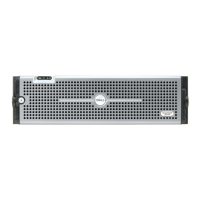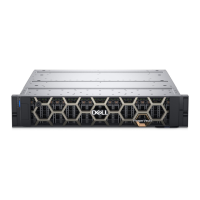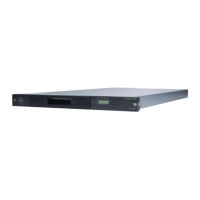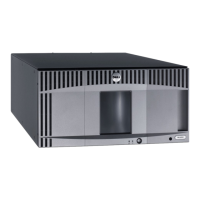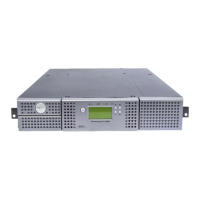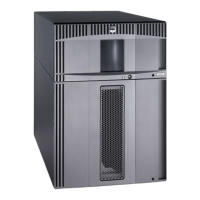11
Supported Ports in a DR Series System
Table 1 lists the application and service ports found on a normally operating DR Series system. There may be other ports
that are not listed here, that an administrator may need to open and enable to support specific operations across the
network. Be aware that the ports listed in Table 1 may not reflect your specific network environment, or any planned
deployment. While some of these DR Series system ports may not need to be accessible through the firewall, this
information is made available when deploying the DR Series system in your own network because it indicates supported
ports that may need to be exposed.
Table 8. Supported DR Series System Ports
Port Type Number Port Usage or Description
DR Series System
Application Ports
TCP 20 File Transfer Protocol (FTP)—for transferring files.
TCP 23 Telnet—remote terminal access protocol for unencrypted text
communications.
TCP 80 Hypertext Transfer Protocol (HTTP)—unencrypted protocol communications.
TCP 443 HTTPS—combination of the HTTP with Secure Socket Layer (SSL)/Transport
Layer Security (TLS).
TCP 1311 Hardware Health Monitor
TCP 9901 Watcher
TCP 9904 Configuration Server (needed for replication operations)
TCP 9911 Filesystem Server (needed for replication operations)
TCP 9915 MetaData Replication (needed for replication operations)
TCP 9916 Data Filesystem Server (needed for replication operations)
TCP 9918 Diagnostics Collector
TCP 9920 Data path used for OST replications
TCP 10011 Control channel (needed for OST operations)
TCP 11000 Data channel (needed for OST operations)
DR Series System
Service Ports
TCP 22 Secure Shell (SSH)—used for secure logins, file transfers like SCP (Secure
Copy) and SFTP (Secure File Transfer Protocol)
TCP 25 Simple Mail Transfer Protocol (SMTP)—used for routing and sending email
TCP 139 SMB daemon—used for SMB protocol-related processes
175

